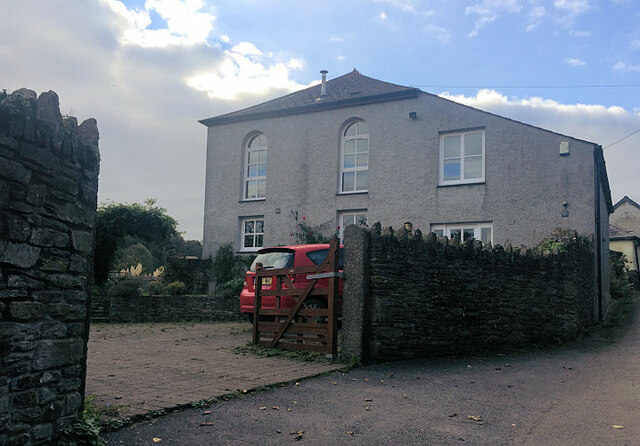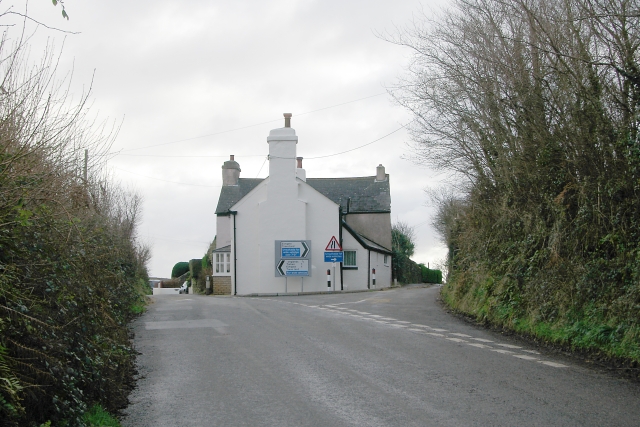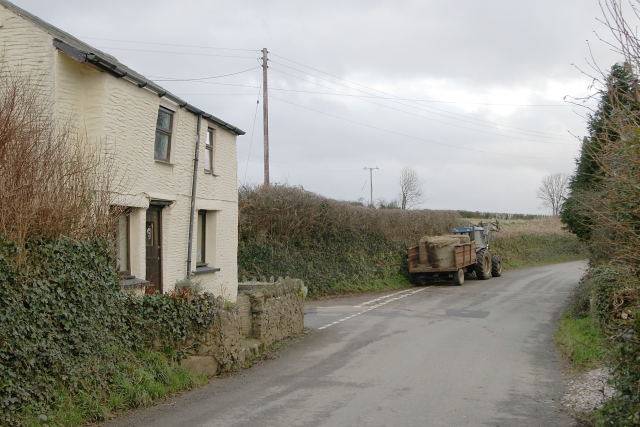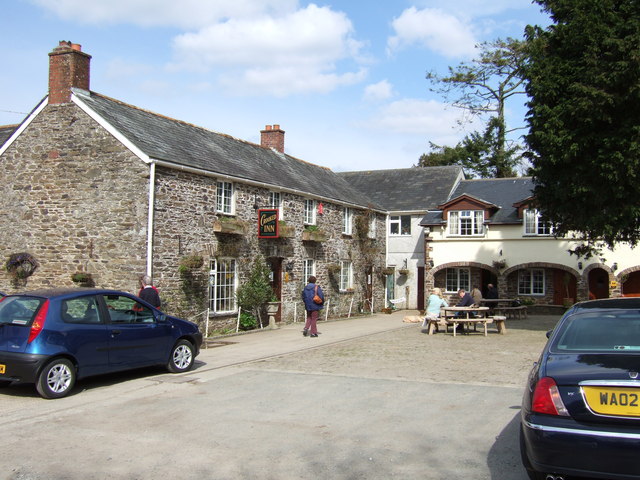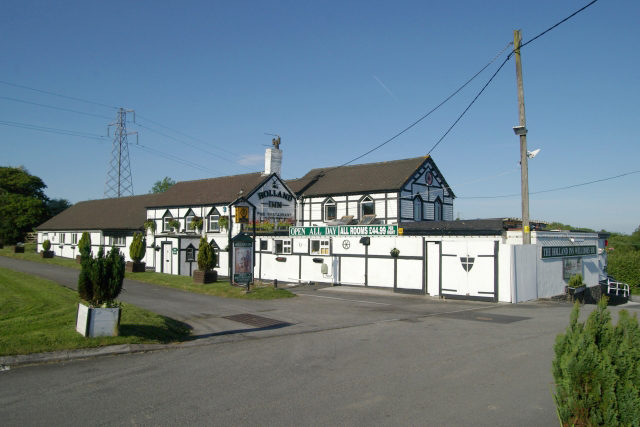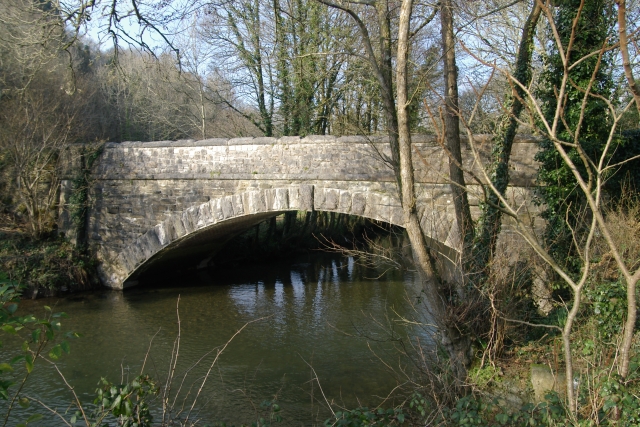Ball Wood
Wood, Forest in Cornwall
England
Ball Wood
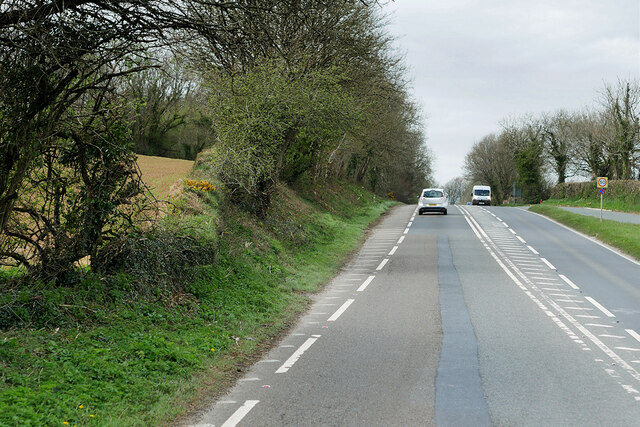
Ball Wood is a quaint and picturesque wood located in Cornwall, England. Situated in the heart of the county, it covers an area of approximately 50 acres and is known for its natural beauty and serene environment.
The wood is predominantly composed of various species of broadleaved trees, including oak, beech, and ash, which provide a dense canopy of foliage and create a tranquil atmosphere. The lush undergrowth is home to an array of wildflowers, ferns, and mosses, adding to the enchanting ambiance of the wood.
Ball Wood boasts a network of well-maintained footpaths, allowing visitors to explore its rich biodiversity and enjoy leisurely walks amidst nature. The paths wind through the wood, passing by a small stream that meanders through the trees, adding to the charm of the surroundings.
The wood is a haven for wildlife, offering a sanctuary for numerous species of birds, mammals, and insects. Birdwatchers can spot a variety of species, including woodpeckers, owls, and thrushes, while nature enthusiasts may come across squirrels, badgers, and foxes during their visit.
Ball Wood also holds historical significance, with remnants of an ancient settlement that can still be seen within its boundaries. This adds an element of fascination and intrigue to the wood, attracting history buffs and archaeology enthusiasts.
Overall, Ball Wood is a timeless gem in Cornwall, offering visitors a peaceful retreat and the opportunity to reconnect with nature in a stunning woodland setting.
If you have any feedback on the listing, please let us know in the comments section below.
Ball Wood Images
Images are sourced within 2km of 50.424446/-4.2526387 or Grid Reference SX4060. Thanks to Geograph Open Source API. All images are credited.

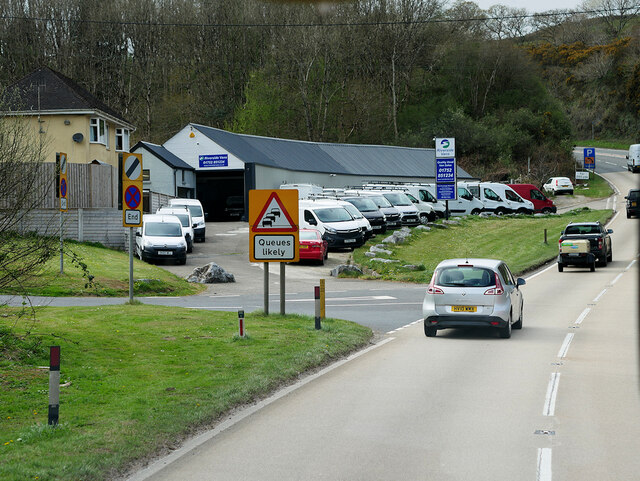
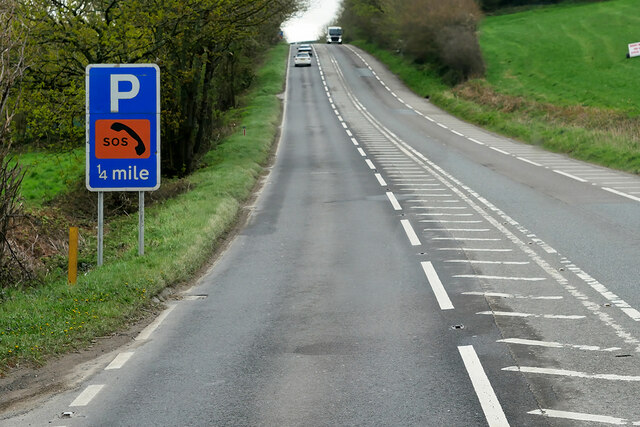
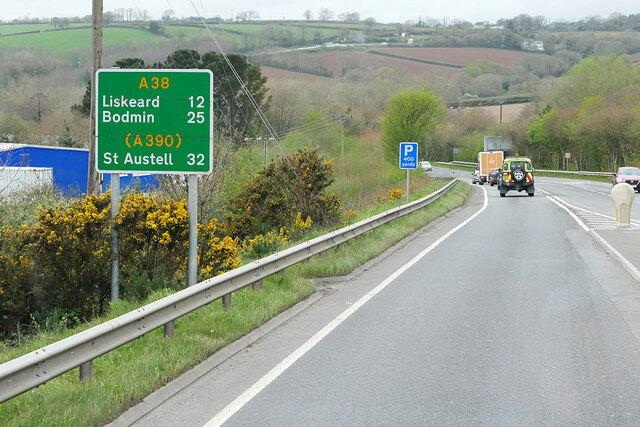
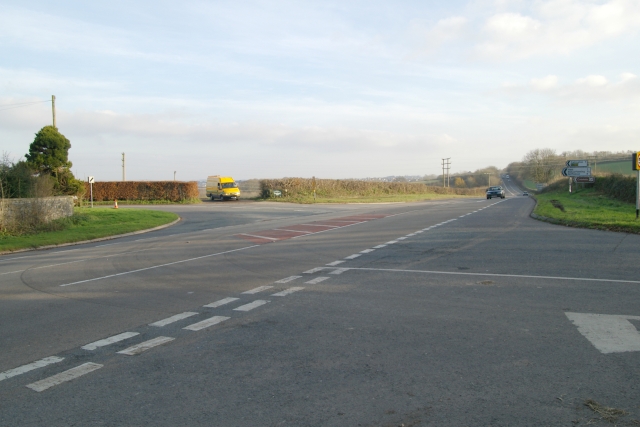
Ball Wood is located at Grid Ref: SX4060 (Lat: 50.424446, Lng: -4.2526387)
Unitary Authority: Cornwall
Police Authority: Devon and Cornwall
What 3 Words
///obvious.wordplay.twisty. Near Saltash, Cornwall
Nearby Locations
Related Wikis
Botusfleming
Botus Fleming or Botusfleming (Cornish: Bosflumyes) is a village and civil parish in southeast Cornwall, England, United Kingdom. The 2001 census gives...
Carkeel
Carkeel is a hamlet north of Saltash in southeast Cornwall, England. == References ==
Hatt, Cornwall
Hatt is a hamlet in the civil parish of Botusfleming in east Cornwall, England, UK. It is on the A388 road from Callington to Saltash. Hatt House was built...
Notter, Cornwall
Notter and Notter Bridge are adjoining hamlets in southeast Cornwall, England, United Kingdom. They are situated in the civil parish of St Stephens-by...
Nearby Amenities
Located within 500m of 50.424446,-4.2526387Have you been to Ball Wood?
Leave your review of Ball Wood below (or comments, questions and feedback).



